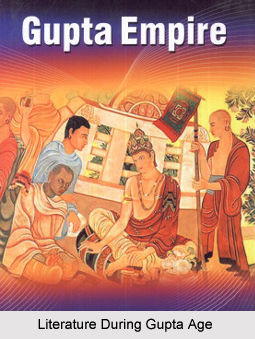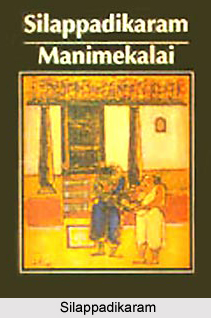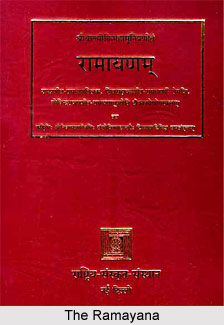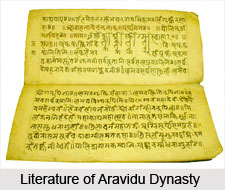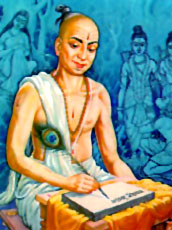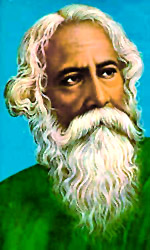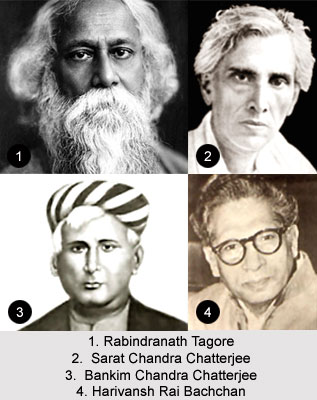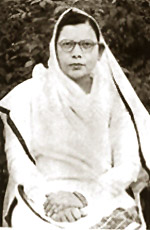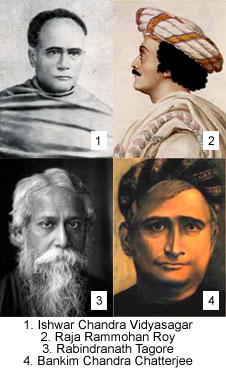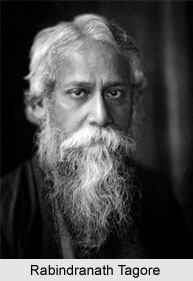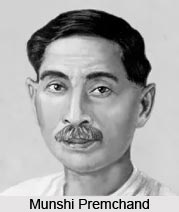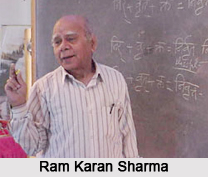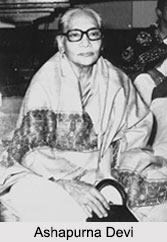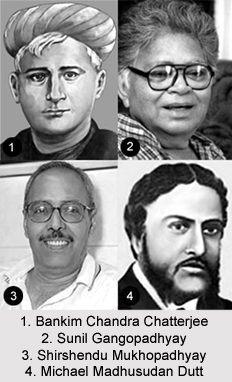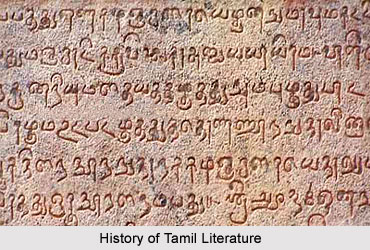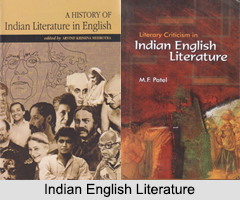 Assamese Mahabharata next to the Bhagavata, exercised bursts of evolution and tremendous influence on the Vaisnavite poets as this epic was counted amidst the kitty of Vaisnavite scripture. Myth has it that the Vaisnavite poets naturally turned it into an instrument for popularisation and propagation of their own doctrines.
Assamese Mahabharata next to the Bhagavata, exercised bursts of evolution and tremendous influence on the Vaisnavite poets as this epic was counted amidst the kitty of Vaisnavite scripture. Myth has it that the Vaisnavite poets naturally turned it into an instrument for popularisation and propagation of their own doctrines.
History of Assamese Mahabharata
Many poets either translated a section from the Mahabharata or adopted a story there from to inculcate devotion to Vishnu or Krishna, to promote the study of hagiography, and to celebrate the Vaisnavite ideals of renunciation, simple living, love to wards all sentient beings, charity, piety, truthfulness, pilgrimage, and so on and so forth. Amongst the Mahabharata poets in Assamese, Kavi Rama Sarasvati was the foremost. Rama Sarasvati was a very popular poet and also a voluminous writer who made this period famous by coordinating the literary activities of all the contemporary poets under the patronage` of King Naranarayana. Naranarayana commissioned the poet Rama Sarasvati to render the Mahabharata into Assamese. Rama Sarasvati, under different names such as Aniruddha, Kavicandra, Bharat-bhusan and Srinath Brahman, translated the major portion of the Mahabharata. It is known from the poet himself that he composed thirty thousand verses while the other poets did only three thousand. He translated the entire Adi-parva in 1993 padas. Sabhdparva was done in 1073 Padas with the collaboration of his son Gopalnath Pathak. The translation of Vanaparva together with its various Upaparvas was entirely the work of Rama Sarasvati.
The Assamese version of the Vana-parva contains several sections, viz., Adi-vana-parva (833 padas), Puspaharan Vana-parva (584 padas), Manicandra Ghosa-parva (1085 padas), Vijaya-parva (2222 padas), Sesa-vana-parva (718 padas), and Sindhuyatra-parva (1842 padas). The Assamese version of the Vana-parva further includes Kulachala vadha (1847 padas), Baghasur-vadha (4125 padas), Khatasur vadha (182 padas), Kurmavali-vadha (366 padas), Asvakarnavadha (611 padas), Janghasur-vadha (3U4 padas) and Bhoja kata-vadha. Each of these sections styled as vadha-kavya is of prodigious length and is independent in conception and execution. These Badha-kavyas are mainly made up of superhuman feats and exploits of the Pandavas mingled with various myths, legends, and fables about gnomes, demons, deities, sages and kings of antiquity. Besides imparting religious instruction and telling wonderful stories, the Badha kavyas went a great way to educate the common man in morality, truth and righteousness. Naturally, these kavyas deal with problems relating to the clash between good and evil, the oppression of the righteous by the wicked, the ultimate triumph of righteousness over wickedness, and the victory of truth. These sections have very little in common with the original epic.
Besides, Rama Sarasvati translated Udyoga and Karnaparvas, and, in collaboration with a contemporary poet, Vidya Paficanan, Bhisma-parva. The translation of Dronaparva was the joint work of Rama Sarasvati, his son Gopinath and Damodara. Virata-parva was completed in 1321 padas mainly by Kamsari Kayastha, whose translation is in complete accord with the original. Kamsari was a great Sanskrit scholar, and even Rama Sarasvati hails him as a poet (kavi) and a seer (rsi). Some sections of this parva go under the name of Srimanta Gabharu Khan, `who with great diligence composed the verses`. Other poets who translated the remaining parvas were Damodar Das (Salya-parva) Jaynarayan ( Stuti-parva) , Laksminath Dvija (Santi-parva), Gangadas, Subudhirai and Bhavanldas (the last three jointly rendered Asvamedha-parva).
Elements of Assamese Mahabharata
It should be mentioned here that the Assamese Mahabharata is not a literal rendering of the original epic. Through compression, omission, alteration, innovation and adaptation, the Assamese version emerged as an epic of the soil. To make the narrative sweet, direct and appealing, particularly to the village people, Assamese poets have deliberately omitted most disquisitions on law, morality and abstruse philosophy. Furthermore, the Assamese recession took on the character of a Vaishnava Sastra as it was translated by Vaisnava poets to disseminate the Vaishnava creed.
Most of the sections of the Assamese version consequently conclude with passages stamped with Vaisnavite tenets, legends and traditions. Even in the principal episodes, the poets interposed several couplets in praise of Bhakti. Moreover, the Assamese version freely incorporates many interludes not found in the original. In this respect its Vanaparva is very conspicuous. Sometimes the original incidents are elaborated with the colours of imagination and lingering relish. As an illustration, we may refer to the account of the death of Pandu. The original text has it that one day in the spring Pandu, accompanied by the beautiful Madri, and was moving about in the woods. The king was suddenly caught with passion and forcibly embraced Madri. He died in the very act of gratification of his desire. According to the Assamese version, Pandu was in an assembly of sages and engaged in theological discussion. The sun was about to set and there was no indication that Pandu would rise to offer his evening prayer (sandhya). Kunti was perturbed, for Pandu would not take his evening meal if he could not perform his sandhya. Kunti, therefore, asked Madri to stand in the courtyard facing the sun, for the sun would be enamoured of her beauty and would not drop below the horizon. Madri did accordingly. When the assembly broke off, Pandu came home and was surprised to see the sun on the horizon, though the night had far advanced. On enquiry, he was told by Kunti that it was Madri`s beauty which had enchanted the sun to linger on the horizon. Then a fatal longing to possess Madri seized Pandu, and he would not listen to the counsel of Kunti. Kunti had to procure Madri for her husband, and in the union, Pandu died.
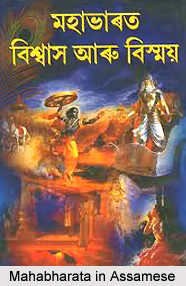 Instances of introduction of incidents relating to local history and geography are no less numerous. For example, we may cite the incidents in the Assamese versions of Adiparva and Drona-parva relating to King Bhagadatta`s presence at swayambara of Draupadi and the description of his death in the battle of Kurukshetra. It is natural that the vernacular recension will abound in materials relating particularly to Assamese life and culture. The instances of local colour are too numerous to be recounted here. They generally consist of vivid delineations of nature, of flora and fauna, of marriage festivities, dress and ornaments, food and drink, feast and revelry, merry-making and musical instruments.
Instances of introduction of incidents relating to local history and geography are no less numerous. For example, we may cite the incidents in the Assamese versions of Adiparva and Drona-parva relating to King Bhagadatta`s presence at swayambara of Draupadi and the description of his death in the battle of Kurukshetra. It is natural that the vernacular recension will abound in materials relating particularly to Assamese life and culture. The instances of local colour are too numerous to be recounted here. They generally consist of vivid delineations of nature, of flora and fauna, of marriage festivities, dress and ornaments, food and drink, feast and revelry, merry-making and musical instruments.
Local customs and manners are also depicted. The Assamese elements are far more discernible in the use of homely similes and metaphors, drawn from observation of rural life in Assam. The Assamese recension also offers a unique specimen of the early Assamese language. The poets used words of diverse origins and peculiar formations, many of which have now become either obsolete or obscure. The translation of the Mahabharata gave tremendous impetus to the growth and popularity of Assamese literature. It opened a golden vein of tales, romances, allegories, and myths. Even today, modern Assamese writers are drawing inspiration from its inexhaustible store of wisdom and delight. To rural folk this epic is not only an entertaining kavya but also an authoritative apocalyptic text. Throughout their translations the poets again and again laid stress on the Indian ethical ideas of liberality, truthfulness, tolerance, purity of mind, body and speech, and cultivation of manly virtues.
In the Salya Parva it has been rightly observed that this "Sastra satisfies religious and ethical needs and ensures material prosperity, the joys of life and spiritual deliverance." Rama Sarasvati made an Assamese version of Jayadeva`s Geeta Gobinda. This too is not a literal translation. The Assamese poet introduced some episodes from the Bhagavata Purana and elaborated and adorned some verses of the original with flowers culled from other Sanskrit texts. Further, the Assamese version was given a Vaishnava bias, and to tune it with the ideals of Assam Vaishnavism, the intensity of the erotic sentiment of the original was much reduced.
Another very widely known and popular kavya by Rama Sarasvati is Bhimcharit. Here is an episode of Bhim`s early life as found in the Adi parva of the Mahabharata. Nowhere else possibly in Assamese literature has the popular figure of Bhim been more picturesquely drawn; a colossus of a man wielding his usual weapon, the club, exhibiting prowess like Hercules, and endowed with a gluttonous appetite. In this book in which Bhim is pictured as having been employed by Lord Shiva to tend his bull, Siva`s life is presented in a burlesque. Siva is portrayed as a hardy cultivator devoid of worldly wisdom. With his consort Parvati and two little sons he leads a life of poverty and want. To this pleasant picture here drawn, the book owes its enormous popularity. Besides this the book has another merit; it vividly paints peasant life and the simple joys of the hearth.



